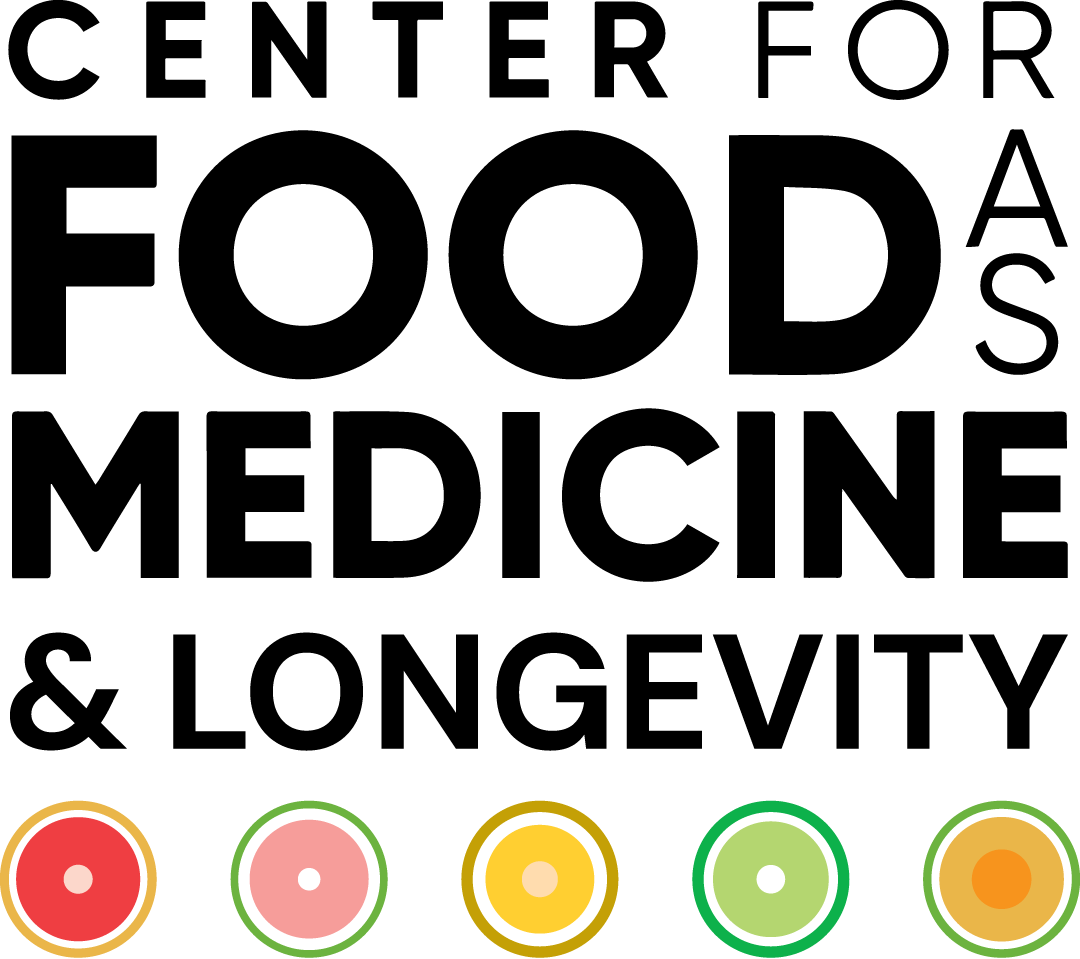“There must be something strangely sacred in salt. It is in our tears and in the sea.”
― Khalil Gibran
As cardiologists, one of the fundamental and immutable laws we were taught was that no patients required and benefited more from salt restriction than those with congestive heart failure (CHF). One of the hallmarks of CHF is changes to the neurohumoral system that lead to fluid retention, manifesting as edema in the peripheral extremities and shortness of breath due to fluid accumulation in the lungs. Sodium (salt) restriction was a cornerstone of treatment for decades.
Such dietary guidelines were extended beyond this perceived most vulnerable population to include not only those with hypertension (roughly 120 million in the US or about 47% of the adult population[1]) but to the general public at large. Servicing this market, with a compound annual growth rate (CAGR) estimated at approximately 5% due to a continued emphasis on alleged health benefits, is big business, with a market worth around $7.5 billion worldwide in 2020.
And yet, for such a big investment, there is precious little data documenting positive outcomes from such an intervention, especially as the American Heart Association currently recommends no more than 1.5 g per day, and the World Health Organization recommends no more than 2 g of per day. These recommendations are driven in no small way by influential trials like the DASH-Sodium trial and others promoting a low-sodium dietary approach. However, other experts have countered that such recommendations are based “on the premise that reductions in sodium intake, irrespective of the levels, will lower blood pressure, and, in turn, reduce cardiovascular disease occurrence. These guidelines have been developed without effective interventions to achieve sustained low sodium intake in free-living individuals, without a feasible method to estimate sodium intake reliably in individuals, and without high-quality evidence that low sodium intake reduces cardiovascular events (compared with moderate intake)[2]” and that less restrictive guidelines, i.e., less than 5 g per day, are more reasonable. Currently, the average sodium consumption worldwide is between 2.3-4.6 g per day (1-2 teaspoons of salt).
This current review sought to examine the evidence behind recommending dietary sodium restriction in an extremely high-risk population consisting of those with congestive heart failure.
- The review examined the data available regarding dietary sodium restriction and outcomes in people suffering from congestive heart failure.
The Take-Away:
- The composite data suggest a J-shaped curve with both cardiovascular and all-cause mortality rising when sodium intake is greater than 5 g per day or less than 2 g per day.
- Multiple studies also agreed that a “strict reduction in sodium intake is not sustainable and therefore not recommendable. Hence, in the absence of reliable methods to assess intake and the difficulty of maintaining a low intake, it becomes impossible for the general public and patients to know exactly how much sodium they are ingesting and adhere to strict recommendations.”
- There is no randomized clinical trial evidence that reducing sodium intake to less than 2 g per day leads to a reduction in cardiovascular events in the general population; such benefits are based on modeling “the probable drop in event rates induced by a sustained reduction in blood pressure of the same magnitude as that shown in the DASH-sodium or similar trials.”
- The initial blood pressure reduction seen with sodium restriction attenuates over time, likely secondary to physiologic compensatory mechanisms.
- A Cochrane analysis (considered by many to be the gold standard) concluded that there was either no effect on mortality from sodium reduction or the effect was so small “that there was insufficient power to show an effect on mortality.”
The Caveat:
This study examined the role of sodium and fluid restriction in those suffering from congestive heart failure. A consideration in this discussion is the impact on the quality of life. A small study showed no benefit in preventing hospital readmission or reducing mortality with sodium restriction. However, there was a significant reduction in the quality of life reported by those in the intervention (low-sodium diet) arm. In asking people to make such lifestyle changes, we should be able to provide evidence of positive impacts in reducing morbidity and mortality. A meta-analysis of the many small trials conducted from 2000 to 2021 showed no reduction in preventing people from hospital admissions or any reduction in mortality.[3]
The large SODIUM-HF trial published in The Lancet in 2022 added some clarity. It involved 26 centers in six countries and randomized 841 ambulatory congestive heart failure patients to less than 1.5 g of sodium per day or a more liberal regimen. The intervention period was 12 months, followed by another 12 months of follow-up. The conclusion was that sodium restriction did not reduce the composite outcome of all-cause mortality, cardiovascular hospitalization, or cardiovascular-related emergency department visits; in other words, “a dietary intervention to reduce sodium intake did not reduce clinical events.”[4]
One of the other important variables in this conversation is that often in terms of diet, isolated sodium reduction does not occur. For example, the DASH diet promotes increased consumption of vegetables and fruits along with decreasing sodium intake. As vegetables and fruits are powerful sources of potassium, this increases dietary potassium (which is known to reduce blood pressure) and changes the dietary sodium-potassium ratio. In fact, there is evidence from other investigations that suggests that the sodium-to-potassium ratio is more important and more predictive of morbidity and mortality than absolute sodium consumption.[5] The review concludes that “All patients with heart failure should favour fresh fruits and vegetables, and preferably prepare their own meals, rather than eating prepared meals that typically contain large amounts of sodium [e.g., ultra-processed foods].” This seems to be sage advice for everyone.
[1] (AHA, 2024)
[2] (O’Donnell, 2020)
[3] (Colin-Ramirez, 2023)
[4] (Ezekowitz, 2022)
[5] (Mente, 2014)
The Study:
Additional resources:

